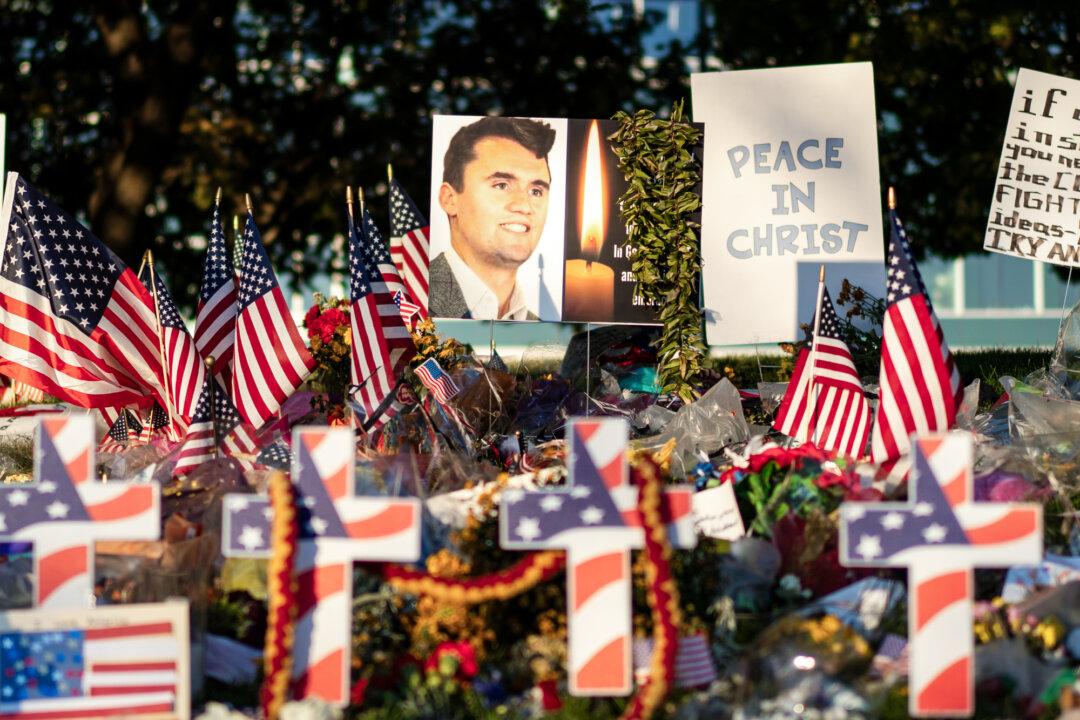Pakistan’s currency plunged to an all-time low against the U.S. dollar on Thursday after the government lifted its exchange cap in a move to revive a bailout package from the International Monetary Fund (IMF).
The rupee closed at 255.4 against the dollar on Thursday, down from the 230.89 rupees the previous day, according to the State Bank of Pakistan, marking the country’s highest single-day decline in decades.





